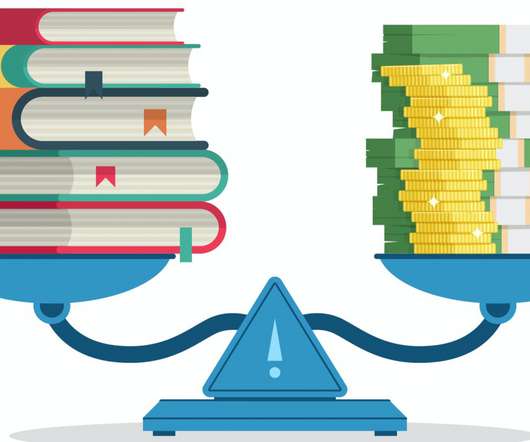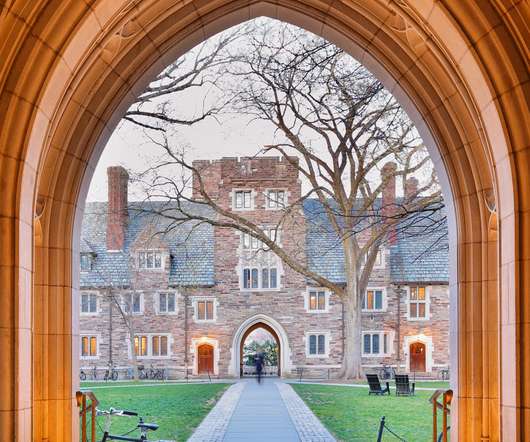How Blockbuster MOOCs Could Shape the Future of Teaching
Edsurge
JUNE 19, 2018
After all, so-called MOOCs, or massive open online courses, were meant to open education to as many learners as possible, and in many ways they are more like books (digital ones, packed with videos and interactive quizzes) than courses. One of the newest blockbuster MOOCs is The Science of Well-Being, offered by a Yale University professor.





























Let's personalize your content